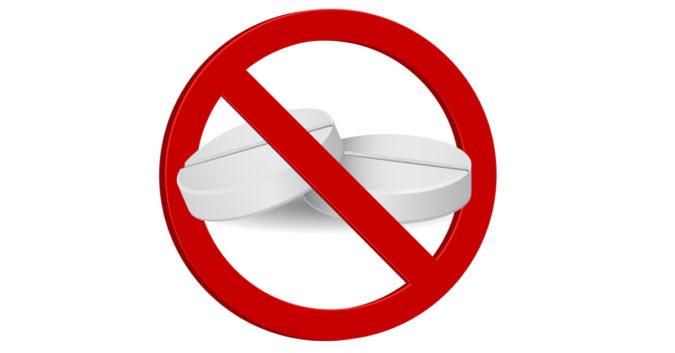Due to concerns about a potentially cancer-causing contaminant, the U.S. Food and Drug Administration (FDA) has requested the immediate removal of a popular heartburn drug from the U.S. market.
According to an April statement, FDA tests confirmed the presence of a toxin known as N-Nitrosodimethylamine (NDMA) in some ranitidine medications, which were sold for decades under the brand name Zantac.
Low levels of NDMA exist in many foods that people eat every day, however, “sustained higher levels of exposure may increase the risk of cancer in humans,” according to the agency.
The bigger problem with Zantac and other generics is that FDA testing found that the amount of NDMA in ranitidine drugs could build up as the drug ages. This important finding has been confirmed by independent labs. The investigation is ongoing, but the agency said that:
“the impurity [NDMA] in some ranitidine products increases over time and when stored at higher than room temperatures and may result in consumer exposure to unacceptable levels of this impurity.”
Because of the uncertainty about levels of NDMA and the potential cancer risk, the FDA formally requested that manufacturers withdraw all prescription and over-the-counter (OTC) ranitidine drugs. Several companies, including Zantac’s manufacturer Sanofi, already voluntarily recalled their medications last year, when concerns of contamination first surfaced.
What To Do If You Take Zantac
The FDA recommends that consumers stop taking all ranitidine medications, not buy more, and consider switching to an OTC alternative approved to treat their condition. Ranitidine drugs may come as a tablet or liquid — both should be avoided.
Patients taking prescription ranitidine drugs are advised to talk to their healthcare professional before stopping or switching medications.
There are multiple drugs approved for similar uses, including:
- famotidine (Pepcid AC)
- cimetidine (Tagamet)
- esomeprazole (Nexium)
- lansoprazole (Prevacid)
- omeprazole (Prilosec)
To dispose of ranitidine medications during the COVID-19 outbreak, the FDA has asked consumers and patients not to visit drug disposal takeback locations, as they normally would. Instead, they should follow other steps from the agency’s guide on how to safely dispose of unused medicines.
What’s Wrong With Zantac and Ranitidine Medications?
Impurities in drugs often occur because of errors during manufacturing production. NDMA is one of 3 nitrosamine impurities that have been detected in the popular heart medications Valsartan, Irbesartan, and Losartan. In that case, the consensus was that manufacturers deviated from best practices and NDMA was unintentionally created.
With Zantac, it’s a different story.
NDMA was first detected in ranitidine by Valisure, an online pharmacy company that routinely tests the drugs it sells. They notified the FDA of their findings in June 2019 and continued to study the problematic drug.
In September, they petitioned the agency to recall Zantac and other generics because of the “inherent instability” they observed in ranitidine molecules. Chemical reactions in the drug, it seemed, produced NDMA over time. Valisure, joined by a growing body of other researchers, argued all ranitidine drugs could “generate very high levels of NDMA in the human body.”
The FDA began an investigation that has, so far, borne out Valisure’s findings and resulted in the recent removal of Zantac from the market.
The agency’s own evaluation has shown that:
- NDMA levels increase in ranitidine over time, even under normal storage conditions.
- NDMA increases significantly in samples stored at higher temperatures.
- The older a ranitidine product is, or the longer it has been since it was manufactured, the greater the level of NDMA.
Because of these conditions, the NDMA level in ranitidine products may be dangerous for consumers, even if it was uncontaminated when it was shipped out the door.
“We didn’t observe unacceptable levels of NDMA in many of the samples that we tested,” said Janet Woodcock, director of the FDA’s Center for Drug Evaluation and Research. “However, since we don’t know how or for how long the product might have been stored, we decided that it should not be available to consumers and patients unless its quality can be assured.”
For now, especially given the safe alternatives to Zantac, the best available science indicates that people should steer clear of these dangerous drugs.
